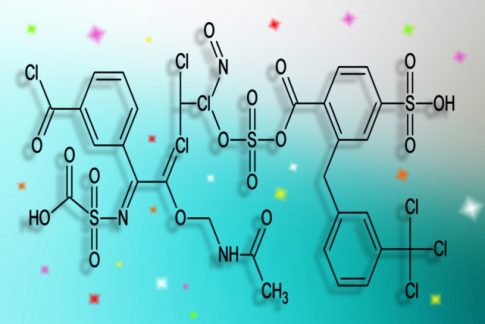AGA (male pattern baldness) is the most common type of alopecia in men; AGA is a condition in which hair begins to thin from the top and front of the head and eventually progresses to hair loss. It is caused by the conversion of the male hormone testosterone into dihydrotestosterone (DHT), which affects the hair follicles and prevents hair growth.
Main Features
- Frontal and parietal hair loss:
- AGA often begins at the hairline, especially in the frontal area and at the top of the head (whiplash).
- The typical pattern of progression is a receding hairline and thinning of the crown of the head.
- Progressive alopecia:
- AGA progresses gradually and is often unnoticeable in the early stages.
- With age, the extent of hair loss increases and hair thinning progresses.
- Genetic factors:
- Hormonal Influences:
- Testosterone is converted to dihydrotestosterone (DHT) by the enzyme 5-alpha-reductase, and this DHT affects the hair follicles and causes hair loss.
- DHT binds to the hair follicle (the tissue of the hair root), shortening the growth phase of the hair cycle and causing the hair to grow thinner and shorter.
- Age and Onset:
- It usually develops in the 20s and 30s, but may begin in the late teens.
- Because the condition progresses with age, it is important to take early action.
- Most common in males, but also occurs in females:
- It occurs primarily in men, but can also occur in women (female pattern baldness).
- In women, hair often thins overall, and hair loss rarely progresses from a specific area as in men.
Other Features
- Hair thinning and volume loss: As AGA progresses, hair becomes finer and overall volume decreases.
- Changes in the hair cycle: The normal hair cycle is disrupted and the growth phase is shortened, resulting in slower hair growth and increased hair loss.
Treatment options include oral medications such as finasteride and dutasteride, topical medications such as minoxidil, and even surgical treatments such as hair transplants. By starting treatment early, it is possible to slow the progression of the disease and improve symptoms.










